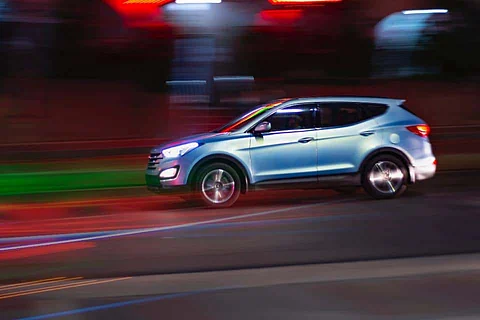

The future is unknowable and inevitable but observation, assumptions, and predictions are the tools through which we can foresee what could happen in our future. The tools become even handier when it comes to technology. In the case of autonomous cars, the market reports, the vision of industry experts and the progress of technological landscape give us a sneak peek into the future. All the testing, experiments done over self-driving cars are worthwhile. As we observe the pace of autonomous technology advents, the day is not that far when such cars will become a huge part of our lives.
As it stands now, self-driving cars are a shared goal of several big techs including Google, Amazon, Tesla, Apple, Uber, and Lyft – to name a few. These companies along with the society, are aiming towards a number of goals to achieve through such cars – reducing travel costs for people, reducing road fatalities that are most of the time caused due to human error, lower fuel consumption, lower CO2 emissions and a reduction in congestion.
Overcoming the regulatory and technical challenges the vitality of self-driving cars can serve mankind in various ways and change our lives and carve out a lane in the consumer marketplace. Moreover, optimists predict that by 2030, autonomous vehicles will be sufficiently reliable and affordable to replace most human driving, providing independent mobility to non-drivers, reducing driver stress and tedium, and be a panacea for congestion, accident and pollution problems.
According to a report, self-driving cars can reduce driver stress and tedium. Self-driving cars can be mobile bedrooms, playrooms, and offices, allowing passengers to rest or be productive while traveling. This can reduce travel time unit costs.
Self-driving cars can provide independent mobility for non-drivers, including people with disabilities, adolescents, and others or who for any reason cannot or should not drive. This directly benefits such travelers, reduces chauffeuring burdens on their family members and friends, and improves their access to education and employment opportunities, increasing their economic productivity. Moreover, some affluent non-drivers living in sprawled areas may purchase personal autonomous vehicles, and urban non-drivers are likely to use autonomous taxies.
In the case of traffic safety and security, optimists claim that, because human error contributes to 90% of crashes, autonomous vehicles will reduce crash rates and insurance costs by 90%. Moreover, shared autonomous vehicles can reduce crashes by providing more affordable alternatives to higher-risk drivers. Efforts to reduce higher-risk driving, such as graduated driver's licenses, special testing for senior drivers, and anti-impaired driver campaigns, can be more effective and publicly acceptable if affected groups have convenient and affordable mobility options.
According to Nalin Gupta, director of business development for ride-sharing software-development company Ridecell, "Cutting the cost of transportation from two dollars a mile to 20 cents a mile will have a huge impact on how cites will be built in the future. Even at an individual level, AVs will forever change the lives of the elderly and differently-abled people by giving them back their freedom."
Advocates claim that autonomous driving will reduce external costs including traffic congestion, energy consumption, pollution emissions, roadway, and parking facility costs, although those benefits are uncertain. However, to be more space and energy-efficient, autonomous vehicles require dedicated lanes for platooning. This is only feasible on grade-separated highways.
Despite, under many circumstances, the autonomous operation may increase congestion, energy, pollution, and roadway costs, optimists assume that autonomous vehicles will reduce pollution because they will be all-electric and mostly shared.
Join our WhatsApp Channel to get the latest news, exclusives and videos on WhatsApp
_____________
Disclaimer: Analytics Insight does not provide financial advice or guidance. Also note that the cryptocurrencies mentioned/listed on the website could potentially be scams, i.e. designed to induce you to invest financial resources that may be lost forever and not be recoverable once investments are made. You are responsible for conducting your own research (DYOR) before making any investments. Read more here.
